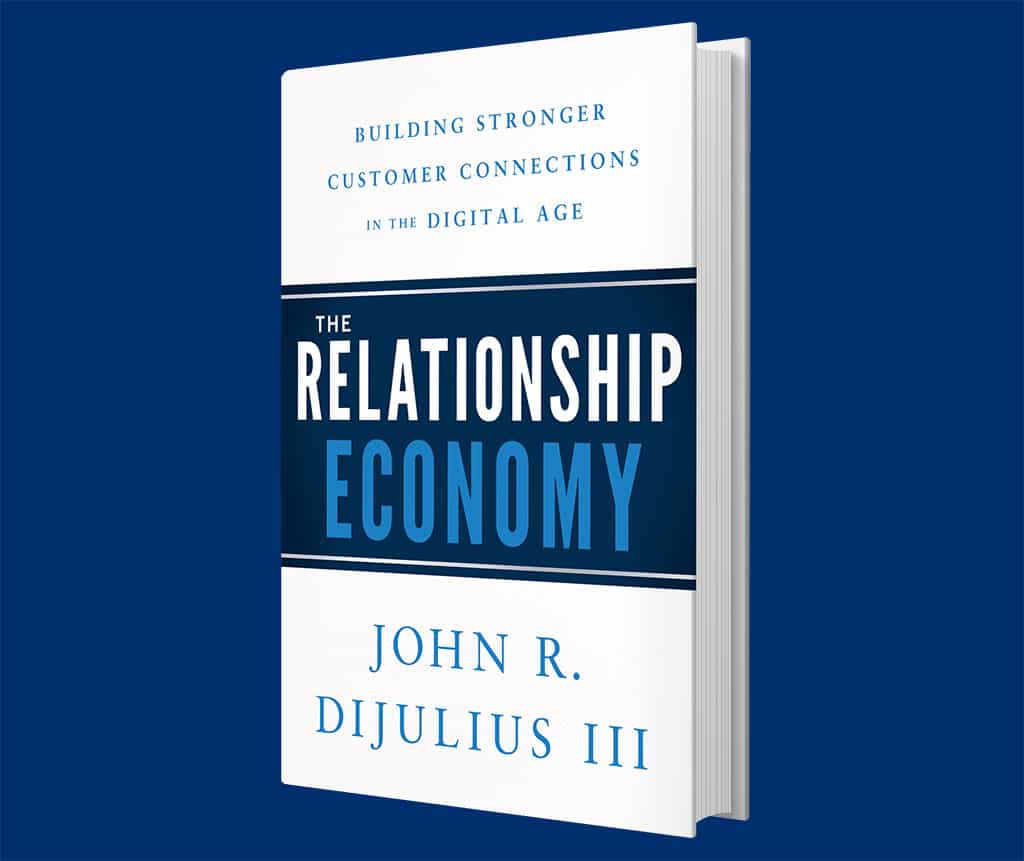4 Underlying Ways to Revive the Lost Art of Relationship-Building with Customers

Technology has provided businesses with unprecedented advances. But even in this digital age, personal relationships are critical to building trust and loyalty with customers. Despite all the tech advancements, the disruptive force happening in business today is relationship building. Emphasizing the customer satisfaction component of business will only become more advantageous, given that by 2025, AI will likely power 95 percent of all customer interactions.
The humanizing touch is the most important part of a great customer experience and key to flourishing as an organization. Research shows that a 5 percent increase in customer satisfaction can increase a company’s profitability by whopping 75 percent.
And yet, less than 5 percent of organizations have any specific strategy for helping their staff develop and strengthen the relationships required to achieve their goals. Too many companies are racing to evolve their customer experience from human interactions to technology — like self-checkout, apps, kiosks and online support. Technology by itself, however, is not a differentiator. The more that organizations place technology between the company and the customer, the more they remove the human experience.
Business leaders striving to stand out from the competition need to reinvent their business model to marry digital and human experiences in the best way possible. Think of it as entering the emerging Relationship Economy.
Use these strategies to dominate in the Relationship Economy:
- Hire people with the potential to be customer-centric
The biggest problem with the typical interview process is that most intelligent candidates can game it. Everyone knows they’ll be asked, “Tell me two negatives about yourself.” A well-prepared candidate will respond, “I’m a perfectionist and workaholic.” Instead, make the hiring process ungameable. For example, in group interviews, observe what candidates are doing when it isn’t their turn to answer. Are they disengaged or fidgety, or are they listening, nodding and smiling?
Walt Bettinger, CEO of Charles Schwab, uses another interview strategy. He takes candidates out for a breakfast interview. What the candidate isn’t aware of is that Bettinger has asked the restaurant to purposefully mess up the candidate’s order. Bettinger uses the “wrong order” test to gauge how a potential hire reacts to adversity. - Intentionally train employees
Customer service and soft skills aren’t common sense. Companies must intentionally train employees to avoid the traps of a low service aptitude and embrace the customer’s perspective. The best companies teach their employees to educate customers rather than sell to them. Doing that requires real commitment on the part of a company and someone to make sure that it’s followed up by action.
The majority of companies don’t have anyone who owns their customer experience. It’s easy to tell which companies pretend to engage in soft skills training and which are legit by asking one simple question, “Who’s in charge of your company’s customer experience?” A contact center supervisor or director of customer service team doesn’t qualify. Companies truly need senior-level executive sponsorship and a commitment to the long-term strategy of dominating their industry by providing superior customer service. - Encourage customer-facing staff to collect “FORD” facts
FORD stands for Family, Occupation, Recreation and Dreams. These represent people’s hot-button topics — what each individual cares most about. By working FORD questions naturally into the flow of sales or service conversations — without making it sound like an interrogation — staff will build a rapport with the customer.
Following the interaction, staff needs to document FORD information and use it in when following up with the customer. For example, if a customer calls to ask a question about a policy and in the process mentions his favorite sports team, the astute employee will send the customer an email when the team wins a playoff game applauding the team’s win. Such gestures take little time, cost nothing and make a strong impression on the customer. - Reallocate advertising and marketing dollars to customer experience
Traditional branding is an old paradigm. Today, marketing is no longer in control of your brand — it’s now the customer who drives public perception through reviews and referrals. Companies weary of spending exorbitant amounts on advertising and marketing are now acknowledging the role of the customer and placing the marketing department under customer experience.
The consumers are looking for companies they can trust and who will always do what’s in the best interest of their customers. Companies that flourish in the Relationship Economy will attract a higher percentage of clients who value doing business with a brand that demonstrates not only expertise, but also genuine caring.
The new Relationship Economy paradigm starts with hiring employees who genuinely like people and want to serve, then giving them the training that will increase their service aptitude, making sure there’s a leader with the power to oversee and strengthen customer service across all departments, and allocating the budget to make it happen.
Written by John DiJulius.
Have you read?
# Global Passport Ranking, 2019.
# The World’s Top 100 Most Successful Unicorns, 2019.
# GDP Rankings Of The World’s Largest Economies, 2019.
# Most Expensive Countries In The World To Live In, 2019.
Add CEOWORLD magazine to your Google News feed.
Follow CEOWORLD magazine headlines on: Google News, LinkedIn, Twitter, and Facebook.
Copyright 2024 The CEOWORLD magazine. All rights reserved. This material (and any extract from it) must not be copied, redistributed or placed on any website, without CEOWORLD magazine' prior written consent. For media queries, please contact: info@ceoworld.biz









